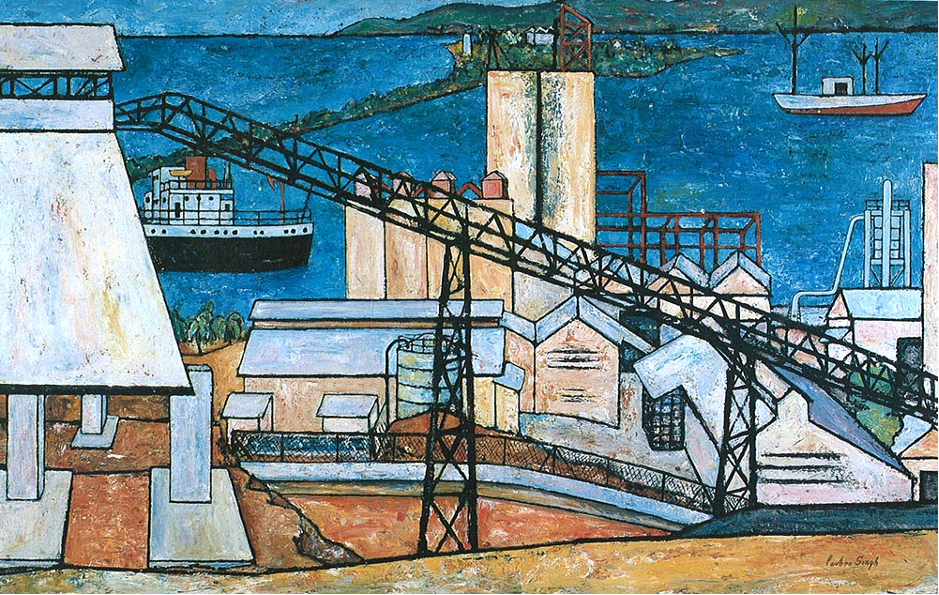Brian Larkin, “Promising Forms: The Political Aesthetics of Infrastructure,” in The Promise of Infrastructure, eds. Nikhil Anand, Hannah Appel, Akhil Gupta (Durham, NC: Duke University Press, 2013).
Rivke Jaffe and Lucy Evans, “Imagining Infrastructure in Urban Jamaica,” GeoHumanities 8, no. 1 (2021): 17-32).
John Walton, Internal Colonialism: Problems of Definition and Measurement (Center for Urban Affairs, Northwestern University, 1974).
Malcolm Cross, Urbanization and Urban Growth in the Caribbean (Cambridge, UK: Cambridge University Press, 1979).
“Jamaica In The 1930's | Jamaica In The 1930s | Jamaica, 1930s | West Indies | Caribbean,” n.d., video, 9:01, ➝.
Zannah Matson, “Review of The Promise of Infrastructure,” review of The Promise of Infrastructure, edited by Nikhil Anand, Hannah Appel, Akhil Gupta, Society and Space, June 7, 2021, ➝.
Matson, “Review of The Promise of Infrastructure.”
At the opening ceremony, Macdonald carried the Jamaican flag, causing protests within the team and leading other athletes to boycott the opening, insisting that an athlete (presumably a black one) should carry the flag instead. Leroy Brown, “Sir Herbert, father of the National Stadium,” The Gleaner, March 7, 2015, ➝.
Brown, “Sir Herbert, father of the National Stadium.”
“Jamaica Independence, 1962,” National Library of Jamaica, ➝.
Glendon L. Logan, “Ministry Paper No. 15: National Stadium,” March 20, 1962, ➝.
Anand, Appel, Gupta, eds., The Promise of Infrastructure.
Jamaica Information Service (JIS), “Tivoli Gardens Documentary - Hard Road To Travel - Public Housing in Jamaica,” 1960s, video, 39:52, ➝.
Deborah A. Thomas, Political Life in the Wake of the Plantation: Sovereignty, Witnessing, Repair (Durham, NC: Duke University Press, 2019).
Jamaica Information Service, “Tivoli Gardens Documentary.”
Thomas, Political Life in the Wake of the Plantation.
Edward Seaga, “The Tivoli Gardens community-development model,” The Gleaner, June 13, 2010, ➝.
Jamaica Information Service, “Tivoli Gardens Documentary.”
See ➝.
See ➝.
Anand, Gupta, Appel, eds., The Promise of Infrastructure.
